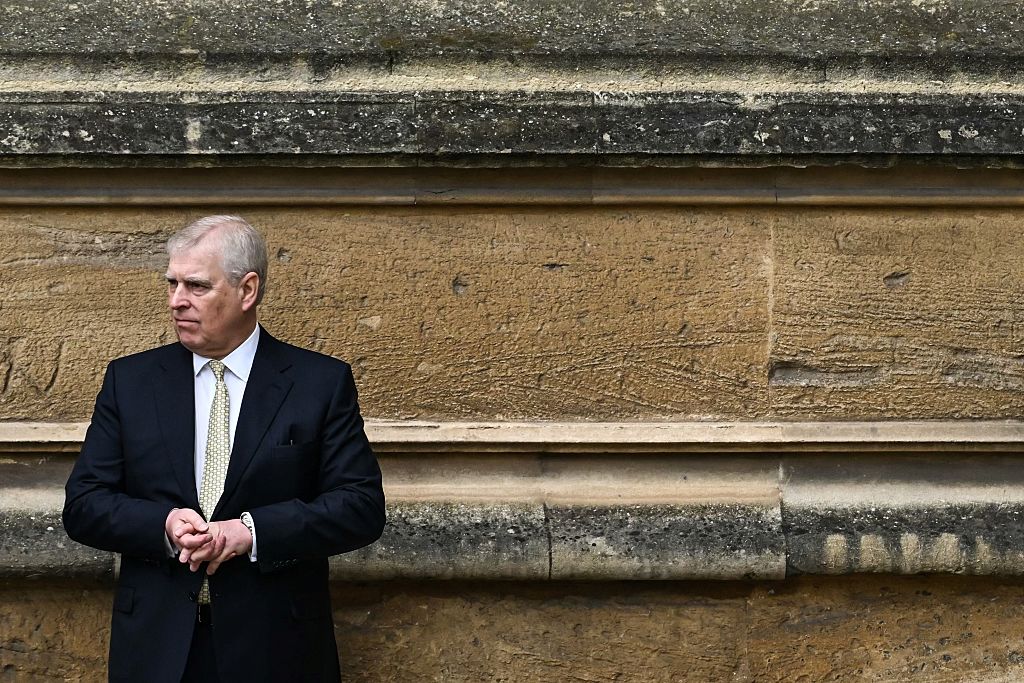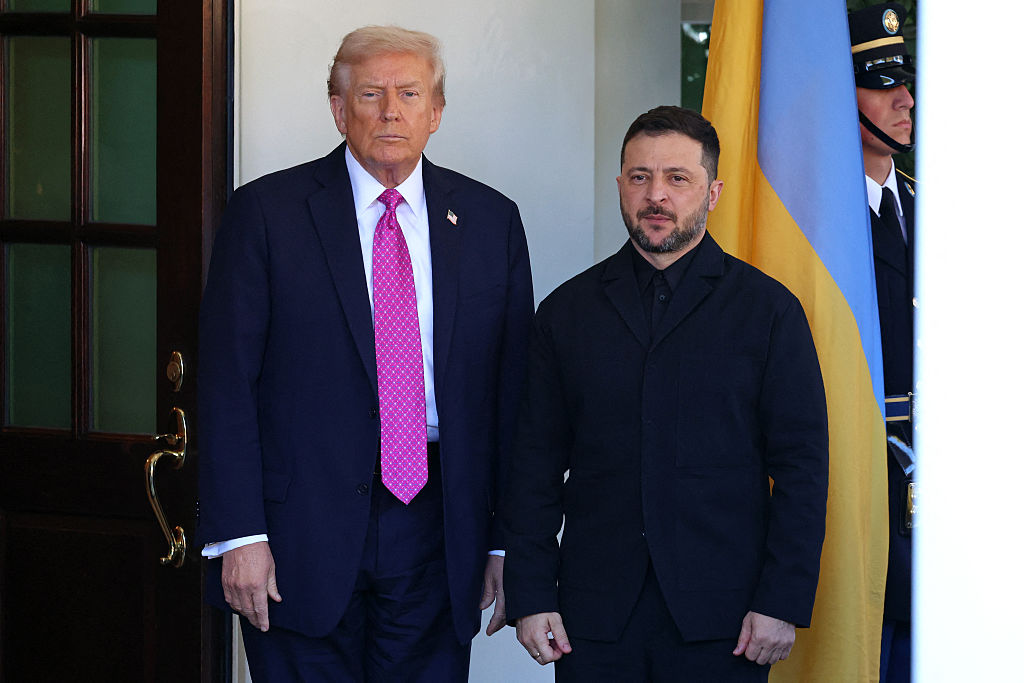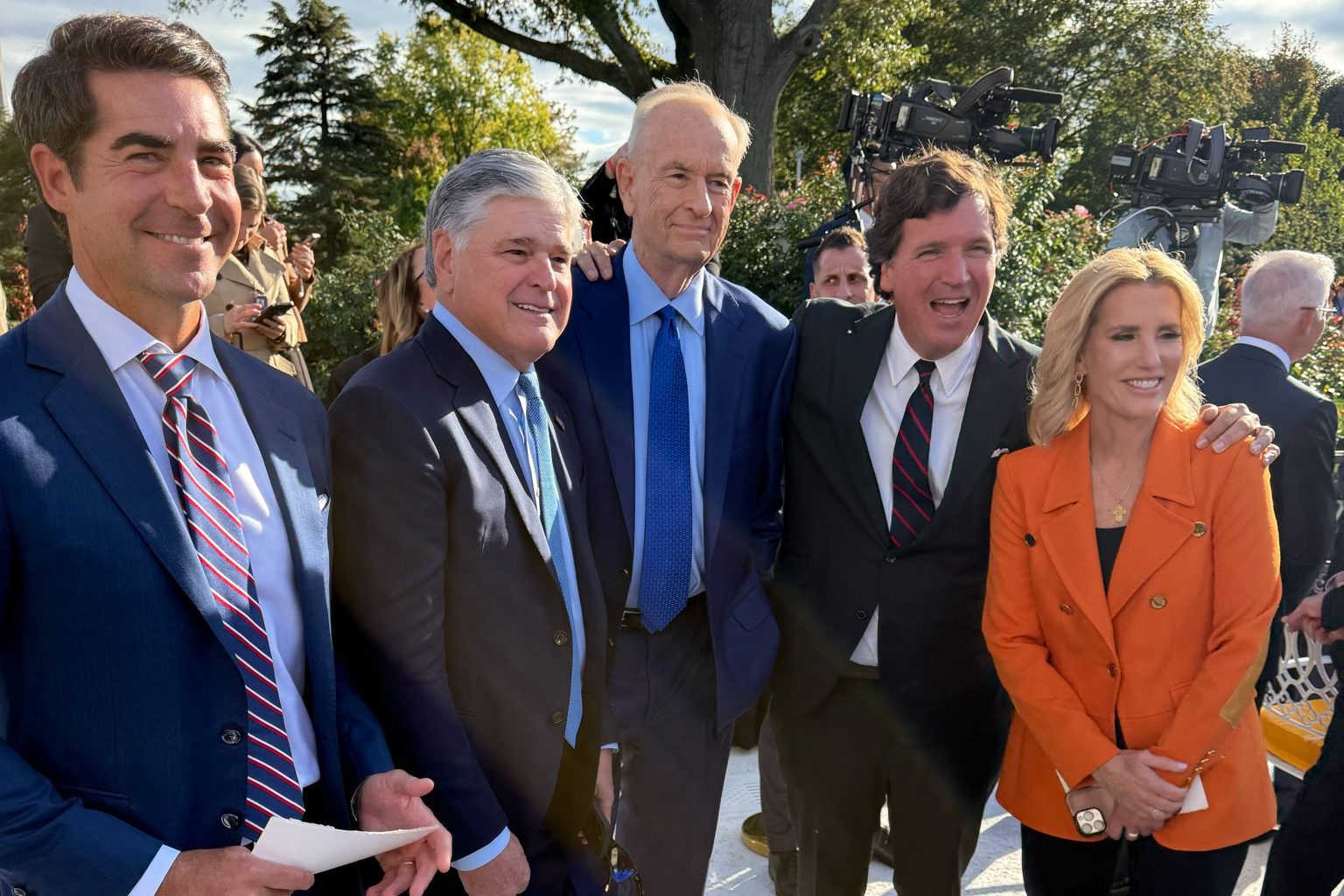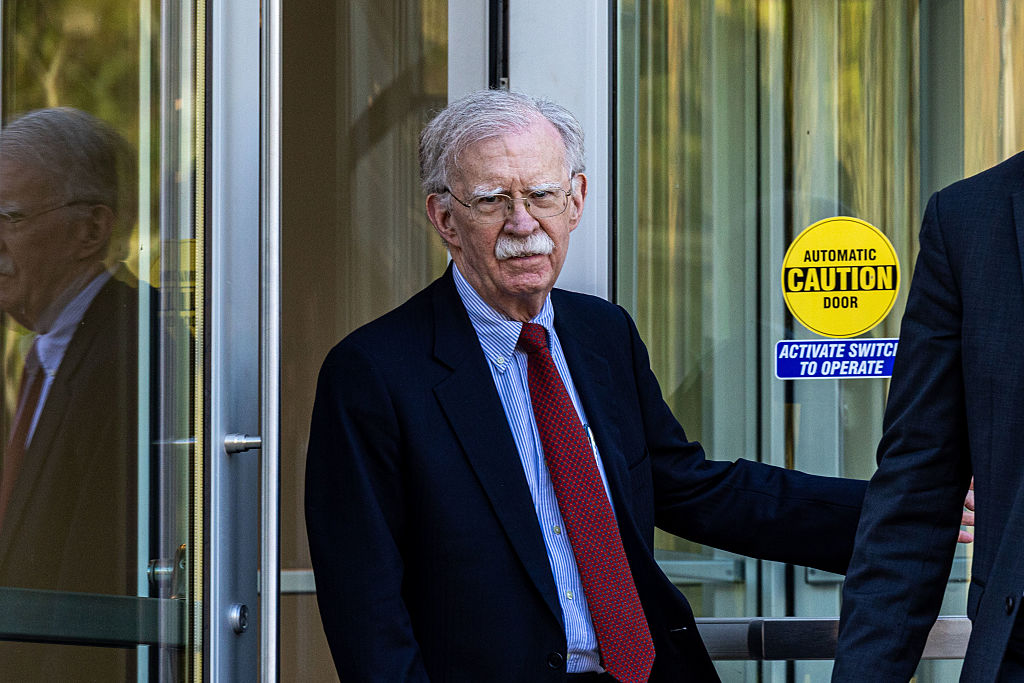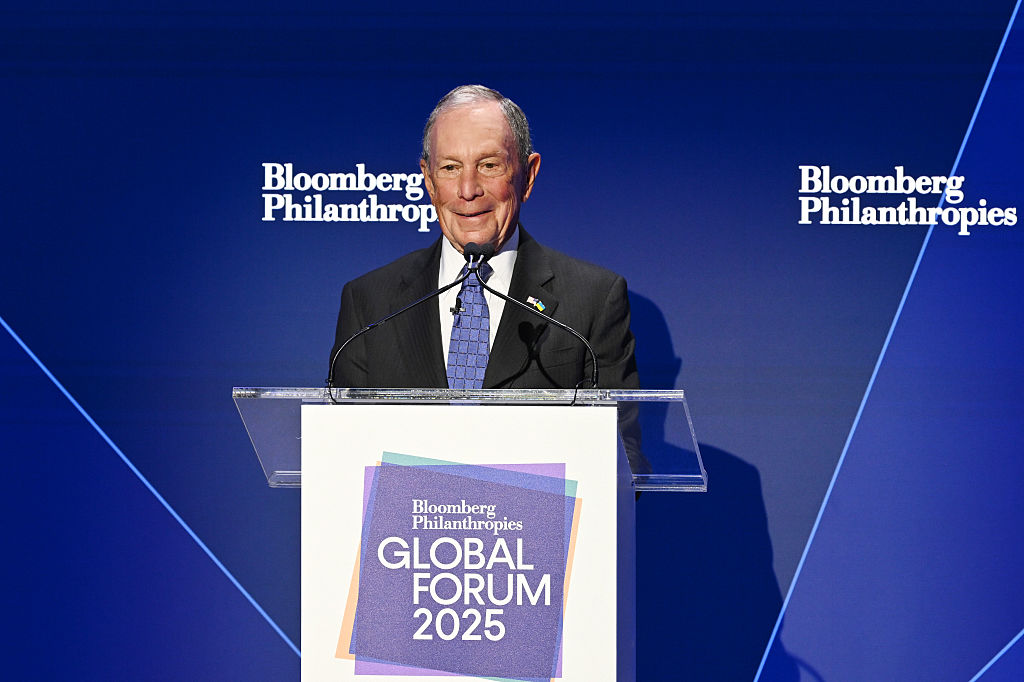The memory of Tsutomu Yamaguchi will be with me for some time. Though wounded, he survived the Hiroshima atom bomb and returned to his home town, Nagasaki. Three days later, he survived another nuclear attack. He died in 2010, aged ninety-three.
The Invention of Good and Evil is a fat, complex, good-natured and intriguing book is full of such memorable material. Hanno Sauer is a German philosopher with an all-encompassing mind and a capacity to entertain. His arguments are sometimes clogged and improbable and I don’t find his primary thesis — basically that things can only get better — credible, but then I feel the same about most philosophers.
The thesis is based on Sauer’s belief that moral norms are what made us the dominant species and will continue to do so. We share 99 percent of our genetic material with chimpanzees but, Sauer points out, load a couple of hundred chimps on a plane for a few hours, strap them into uncomfortable seats, feed them bad food and see what happens: “There’d be pools of blood on the carpet, torn ears, fingers and penises and countless dead apes.” Human passengers, apart from the odd drunk, would calmly endure the flight. They have embraced moral norms.
Sauer’s story begins five million years ago. This was the time when, primarily in East Africa, various species now labeled Homosplit away from our assorted ape ancestors. They seem to have done so because tropical forests gave way to open grasslands and savannah, leaving them exposed to predators. They began to walk upright and they reacted to their new environment by cooperating, and sustaining a moral framework to protect an interest — survival — which they all shared. It was “a greater common good from which everyone could benefit.”
That laid the foundation, passed down through all the Homo species, until we, Homo sapiens, emerged as inheritors of a moral view. On the way, Sauer gives the Neanderthals a friendly wave. They were “human through and through,” he writes, not the lumbering oafs of popular mythology. What was passed down was our “hyper-sociality.” “In many ways,” he continues, “our morality is the niche we constructed for ourselves and is what enabled us to achieve all that we have.”
The book then plunges into a dense, sprawling account of what happened next, which can be infuriating; one often struggles to find the connecting threads of Sauer’s multi-disciplinary method, but startling and often thrilling ideas keep emerging. There is, for example, the decisive development of punishment. About 500,000 years ago, we learn, our immediate predecessors — Homo heidelbergensis — seem to have worked out that hypersociality could be made more secure by the usually fatal punishment of those who did not play the game:
A species that kills its most belligerent, aggressive and ruthless members over hundreds of generations creates a strong selection pressure in favor of peacefulness, tolerance and impulse control.
Through punishment, Homo sapiens became “more peaceable, compliant, controlled and cooperative.” Some might say that if this peace was achieved by violence, then there must be something wrong with it. Maybe; but the many had no choice but to seek protection from the few. So the species that emerged could never attain peace, not least because, as Sauer sagely remarks: “Humans are animals that seek their own essence — and never find it.”
Later in the account everything gets Weird, literally. Weird stands for the vast army of Western, Educated, Industrialized, Rich, Democratic people that eventually emerged. This unprecedented turn taken by the population arose from a need for meaning. Sauer argues that the Catholic church “enforced a complete transformation of European marriage and inheritance structures, which gradually dissolved the intense kinship and family relationships of society.”
Then society was secularized, and the contemporary world became a place of meaning-seeking disenchantment run by a bunch of Weirdos. I like this idea, but I like less the essential optimism towards the end of the book. The apparently primitive yearnings of wokeism will, Sauer predicts, weaken and be peacefully absorbed. And, more broadly, he thinks that our early discovery of the benefits of hypersociality will save us from the terrible outcomes that now confront us.
He believes this because, among many other things, he detects an “expanding circle of morality” and a “declining tolerance of violence.” Political division, however, may yet prove catastrophic: “We don’t disagree — we just hate each other.” This is a brilliant distillation of the problems of activism. Few people, for example, would seriously say we do not have a climate problem; but chuck in some angry activists and suddenly millions will join the ranks of doubters and deniers.
The book ends wistfully with the hope that “this very big feast of feverish discord and hatred will come to an end,” to be replaced by “a feast of calm and community.” But humans do not only have morality; they also have machines and factories of death and destruction that would horrify Homo heidelbergensis. Hypersociality is definitely not a one-way street.
This article was originally published in The Spectator’s UK magazine. Subscribe to the World edition here.













